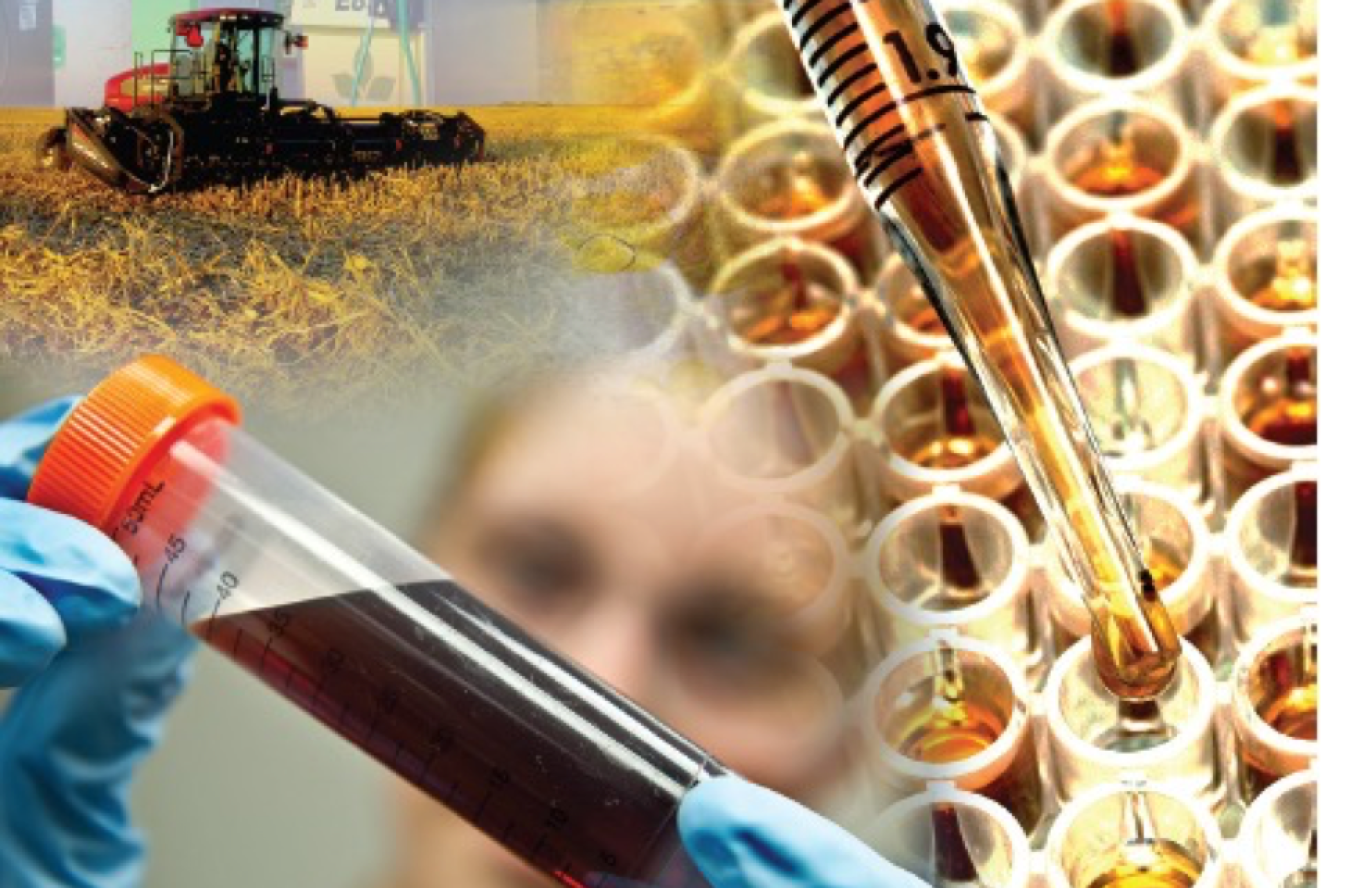In addition to electricity and fuels, biomass can be used to create valuable chemicals and materials, known as “bioproducts.”

Non-food biomass such as the crop residue pictured above can be converted to biofuels as well as high-value products such as plastics, chemicals, and fertilizers. Photo courtesy of the U.S. Department of Energy.
Bio-based chemicals and materials can serve as renewable alternatives to many of the products derived from petroleum or natural gas, such as plastics, fertilizers, lubricants, and industrial chemicals. They also often require less energy during production and produce fewer harmful emissions than their petroleum-based equivalents.
Manufacturing bioproducts from biomass involves a variety of industrial techniques. Many of these processes are similar to those used in the production of biofuels. Biomass is first broken down into relatively stable chemical building blocks, which are then converted into a wide range of marketable products using a combination of biological, thermal, and chemical processes.
INTEGRATED BIOREFINERIES
A key component of developing a diverse, robust, and resilient bioeconomy is the establishment of integrated biorefineries, where biomass is converted into fuels, power, and chemicals. Chemicals and materials produced alongside biofuels can improve the overall economics of the refinery process.
For example, in the petroleum industry, almost 75% of a barrel of crude oil goes towards making fuels, corresponding to approximately $935 billion in revenue. In contrast, only 16% of a barrel of oil goes towards making petrochemicals, generating nearly as much revenue ($812 billion) as fuels, despite the much smaller volume. Applying this same strategy to the bioenergy sector could enhance the long-term economic viability of the industry.1
1Bloomberg New Energy Finance, EIA, American Chemical Council. Bioproducts to Enable Biofuels Workshop Summary Report (U.S. Department of Energy, 2015), https://www.energy.gov/sites/prod/files/2015/12/f27/bioproducts_to_enable_biofuels_workshop_report.pdf

